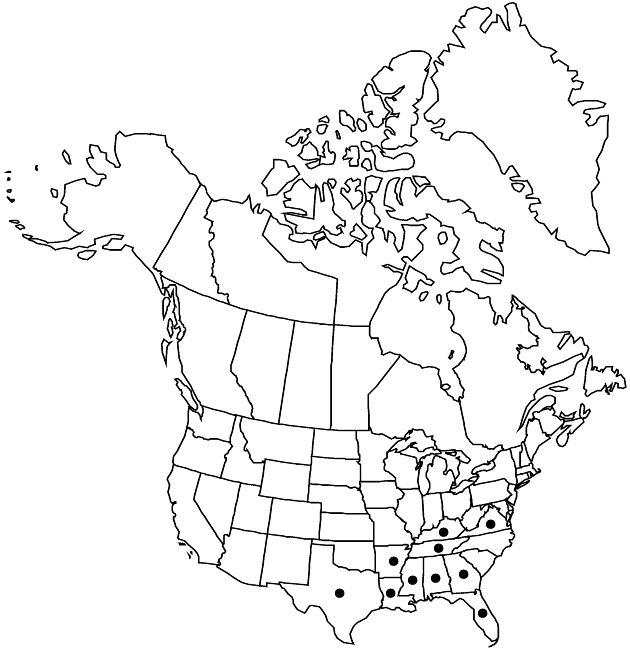Difference between revisions of "Symphyotrichum pratense"
Phytologia 77: 290. 1995.
FNA>Volume Importer |
imported>Volume Importer |
||
| Line 8: | Line 8: | ||
}} | }} | ||
|common_names=Barrens silky aster | |common_names=Barrens silky aster | ||
| + | |special_status={{Treatment/ID/Special_status | ||
| + | |code=E | ||
| + | |label=Endemic | ||
| + | }} | ||
|basionyms={{Treatment/ID/Basionym | |basionyms={{Treatment/ID/Basionym | ||
|name=Aster pratensis | |name=Aster pratensis | ||
| Line 67: | Line 71: | ||
|publication title=Phytologia | |publication title=Phytologia | ||
|publication year=1995 | |publication year=1995 | ||
| − | |special status= | + | |special status=Endemic |
| − | |source xml=https:// | + | |source xml=https://bibilujan@bitbucket.org/aafc-mbb/fna-data-curation.git/src/bb6b7e3a7de7d3b7888a1ad48c7fd8f5c722d8d6/coarse_grained_fna_xml/V19-20-21/V20_1108.xml |
|tribe=Asteraceae tribe Astereae | |tribe=Asteraceae tribe Astereae | ||
|genus=Symphyotrichum | |genus=Symphyotrichum | ||
Revision as of 20:43, 27 May 2020
Perennials, 40–60 cm, cespitose, eglandular; with cormoid, woody caudices. Stems 5–10+, ascending to erect (brown), glabrous or sparsely strigose distally. Leaves (grayish green) firm, margins entire; basal withering by flowering, sessile, blades (1–3 nerved) elliptic-lanceolate, 20–40 × 10–20 mm, bases attenuate, margins usually entire, rarely remotely serrate, piloso-ciliate, apices acute to obtuse, faces piloso-scabrous; proximal cauline withering by flowering, sessile, blades oblanceolate, 20–30 × 5–13 mm, reduced distally, bases rounded, subclasping, margins entire, scrabrous, apices acute to obtuse, cuspidate-mucronate, faces glabrous or moderately strigose or ± scabrous; distal sessile, blades oblong-lanceolate, 15–25 × 4–6 mm, bases cuneate, margins entire, apices acute, white-spinulose, faces glabrate to moderately strigose or ± scabrous. Heads in open, paniculiform arrays (1–5+ per branch). Peduncles glabrous or sparsely strigose, bracts oblong-lanceolate, grading into phyllaries. Involucres narrowly campanulate, 6–11 mm. Phyllaries in 3–4 series, outer broadly lanceolate, flaring distally, inner linear-lanceolate, subequal, outer foliceous, bases (tan) ± indurate, margins long-piloso-ciliate, green zones foliaceous (outer), apices sometimes purplish, acute (outer) to acuminate (inner), faces glabrous or sparsely short-pilose. Ray florets 13–15(–36); corollas rose-purple, laminae 8–13 × 1–2 mm. Disc florets 16–34(–48); corollas pink turning purple, 4.5–7.5 mm, tubes shorter than narrowly funnelform throats (sometimes thinly puberulent), lobes triangular, 8–13 mm. Cypselae tan to light brown, obovoid, not compressed, ± 3 mm, 5–8-nerved, faces glabrous; pappi tan, 3.5–6 mm. 2n = 10, 20.
Phenology: Flowering Oct–Nov.
Habitat: Prairies, oak woodlands, pine-oak scrub, fields, roadsides
Elevation: 0–500 m
Distribution

Ala., Ark., Fla., Ga., Ky., La., Miss., Tenn., Tex., Va.
Discussion
Selected References
None.